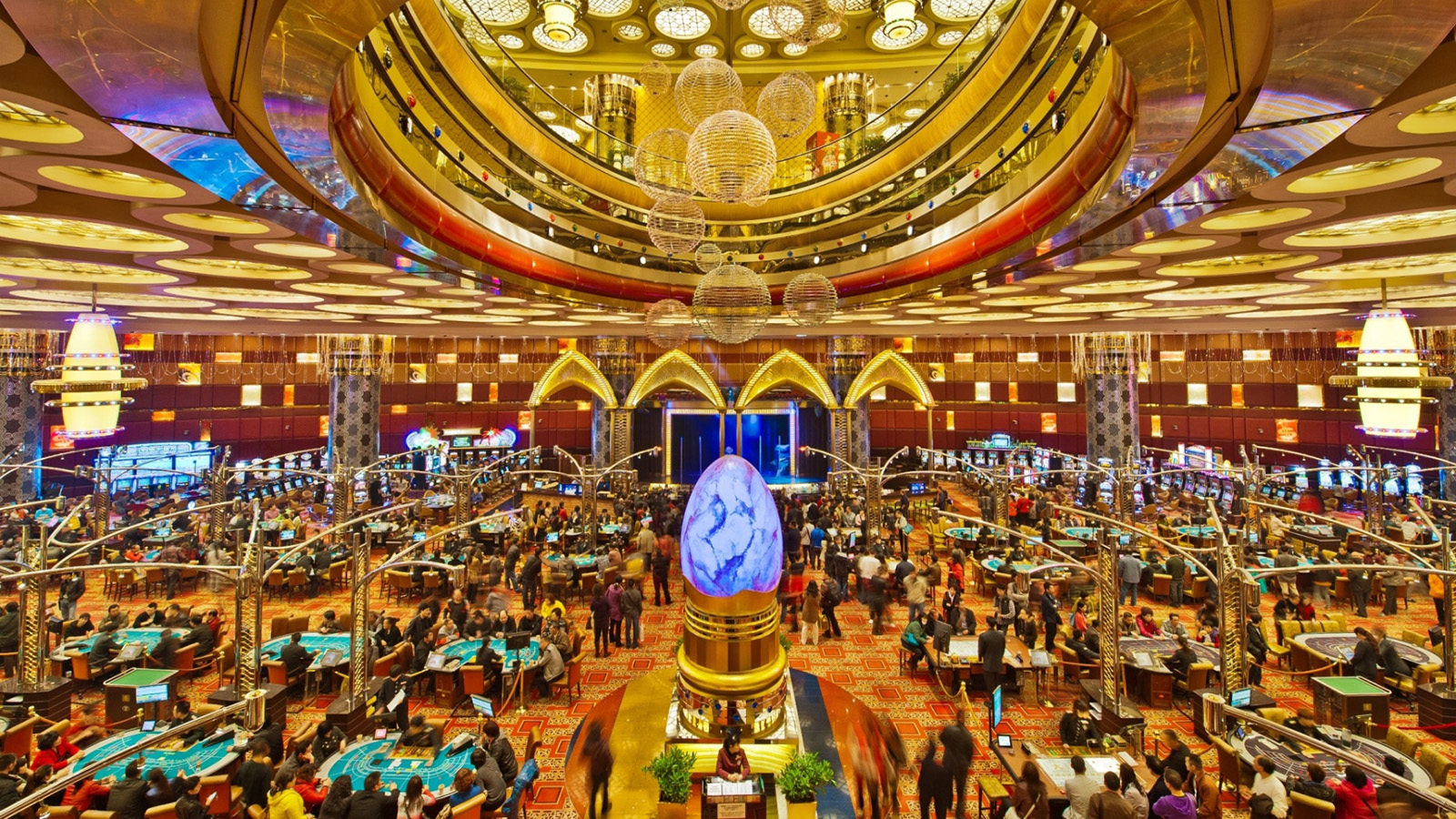The Psychological principles That drives Casino Game Design

Casino experiences have long captivated human interest, drawing gamblers into a world filled with luck, planning, and the allure of excitement. Each activity is meticulously crafted not just for enjoyment, but also to elicit targeted emotional responses that keep participants engaged and interested. Understanding the motivations behind these designs reveals much about how psychology plays a key role in the gaming experience.
From the bright lights and lively sounds to the sophisticated layering of systems and rewards, casino games are designed to create an atmosphere of anticipation and expectation. Game designers leverage behavioral strategies to influence participant behavior, whether through the use of winning opportunities, almost wins, or community engagement. By examining these factors, we can better appreciate how casino games fulfill not just a want for entertainment, but deeper psychological needs for adventure and risk.
Grasping Player Behavior
Casino games are crafted with a profound grasp of gamer psychology, which is vital for drawing in and holding players. The thrill of the game, coupled with the hope of winning, creates a strong allure. Game designers employ elements like sound effects, colorful graphics, and immersive gameplay to seize attention and evoke emotional responses. These sensory experiences enhance the immersive experience, making players feel more invested in the game.
Another significant aspect of player behavior is the idea of risk versus reward. Casino games often manage high-stakes situations with the potential for significant rewards, which can lead to the occurrence known as near-miss phenomenon. When players come near to winning, the brain produces dopamine, reinforcing their behavior and motivating them to persist playing in pursuit of that elusive win. This cycle of hope and letdown plays a critical role in how games are structured and advertised.
Lastly, social factors also play a critical role in player behavior at casinos. Many games are designed to be played in pairs or in company with other players, nurturing a sense of togetherness and communal experience. The community engagement inherent in games like poker enhances enjoyment and can culminate in extended gameplay. Designers leverage on this by creating environments that invite players to remain, socialize, and revisit, making the overall casino experience more appealing.
The Role of Visuals and Sound
Imagery and audio play a crucial role in elevating the gambler’s experience within casino games. Designers utilize vibrant colors, striking graphics, and engaging animations to attract gambler's attention and maintain their interest. The use of themes, such as exploration or luxury, helps create an engaging atmosphere that transports players into a different world. By appealing to the senses, these elements contribute to a heightened emotional response, prompting players to interact more profoundly with the games.
Audio design is equally important in reinforcing the overall experience of casino games. roda4d resmi The combination of ambient music, audio effects for winning combinations, and environmental noises creates an auditory landscape that holds players enthralled. Sounds associated with wins, such as ringing bells or festive music, evoke feelings of excitement and satisfaction, encouraging players to keep playing. These sound cues are strategically placed to amplify the excitement of the game and create a more engaging experience.
Moreover, the alignment of visuals and sound is essential for supporting the game's overall theme and mood. Each element should coordinate harmoniously to create a cohesive experience that draws players in. The effective use of this integration not only improves user satisfaction but also boosts the chances of return play, as players become more engaged in the immersive world that the casino games offer. This thoughtful integration of visuals and sound ultimately enhances player engagement and commitment.
Reward Structures and Participation
The development of casino games significantly depends on reward systems to keep participants engaged and returning for more. These systems are based in psychological principles that exploit human nature and desire. Participants are often driven by the excitement of winning, which is reinforced by immediate feedback through the game structure's design. This instant gratification not only improves the gaming experience but also fosters a feeling of achievement, prompting players to continue playing in hopes of bigger gains.
Casinos adopt various reward structures, such as jackpots, bonuses, and increased rewards, to engage participants. These elements create a level of thrill that sustains interest. Additionally, the unpredictability of results plays a significant role in sustaining interest. The variable reward system, where successes are unpredictable but happen often enough, keeps participants on edge and motivated to continue participating. This cycle of hope and expectation is foundational to the success of gambling experiences.
Furthermore, social elements, such as tournaments and multiplayer features, boost the participation factor by tapping into the desire to compete of players. The shared experience of playing with fellow participants can intensify the excitement of winning and create a sense of community within the casino. By combining these community elements with effective reward systems, casino games not only provide entertainment but also nurture a stronger bond among participants, reinforcing their loyalty to the overall experience.
